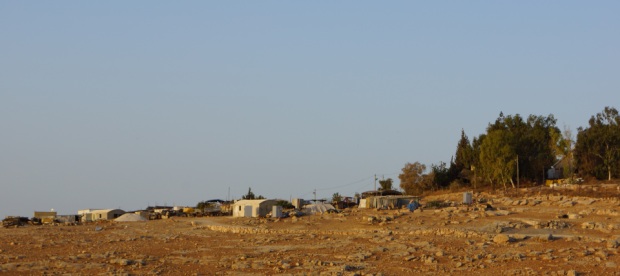I didn’t add this anonymous letter that appeared on Mondoweiss in October, because I was going to be heading to Hebron in the winter or Spring, but I think enough time has passed now that I can probably post it.

The following was written by a member of Christian Peacemaker Teams in Hebron. The author writes, “*I am not using my name because Israel has complete control over the borders of the West Bank and Gaza and routinely denies entry to human rights observers. Israel denied two of my colleagues entry in the last few months and banned another from Hebron because she took an Instagram photo showing the Israeli military violating the human rights of Palestinian children. Furthermore, Israel may soon deny entry to anyone who advocates any sort of boycott, even of those products produced in settlements, which are illegal under international law.”
Dear J.K. Rowling,
I have worked as a human rights advocate in Palestine for twenty years and most of the people in my circles support the Boycott, Divestment and Sanctions movement to one degree or another. I am married to an Israeli who supports the boycott of settlement products and corporations that enable the Israel’s occupation of Palestine, but, like you, does not support the academic and cultural boycott of Israel. I believe it is possible for people of good conscience to disagree on this issue.
But I want to tell you that in the city of Hebron where I have worked for the last twenty years, I have, with my own eyes, seen Palestinian children attacked, beaten, arrested—without any of the due process the civilized world grants minor children—and in general treated with utter contempt by Israeli soldiers and settlers. A major part of our work is monitoring the treatment of children as they walk through checkpoints on their way to school everyday in the Old City of Hebron. The Israeli military’s of teargas has become almost routine when elementary children passing through—something Israeli families would never tolerate for their own children (and indeed the police do not use it against Jewish Israelis inside Israel.)
Several days ago, 17-year-old Dania Arshid was walking to her English class through a checkpoint. Accused by Israeli Border Police of having a knife, she threw her hands in the air, backed away, and was summarily executed by multiple gunshots.
I can tell you, based on my experience, that no one will go to jail for her murder, or for the murder of Hadeel Hashlamoun, a few weeks earlier or for Fadel al Qawasmi. In the impossibly slim chance an investigation into her extrajudicial execution occurs, the courts will exonerate the soldiers and racist Israeli social media will hail them as heroes.
As of the end of August, 133 Israeli children and 2065 Palestinian children had died since 2000 in the Palestinian/Israeli conflict. I view the death of any child of any nationality with horror, but in this conflict, it is the Palestinian children whom the agents of Occupation kill and abuse with impunity.
So Ms. Rowling, you do not have to support the Academic and Cultural Boycott, but for the sake of all Palestinian children who love Harry, you do need to say their lives matter. You need to say they are entitled to exactly the same rights, dignities and freedoms that Israeli children are. And you need to say that Israel’s military occupation of Palestinians, this Unforgivable Curse from which all the violence tormenting the inhabitants of this land emanates, must end.
– See more at: http://mondoweiss.net/2015/10/rowling-palestinian-children/#sthash.ewShkzCY.dpuf









You must be logged in to post a comment.